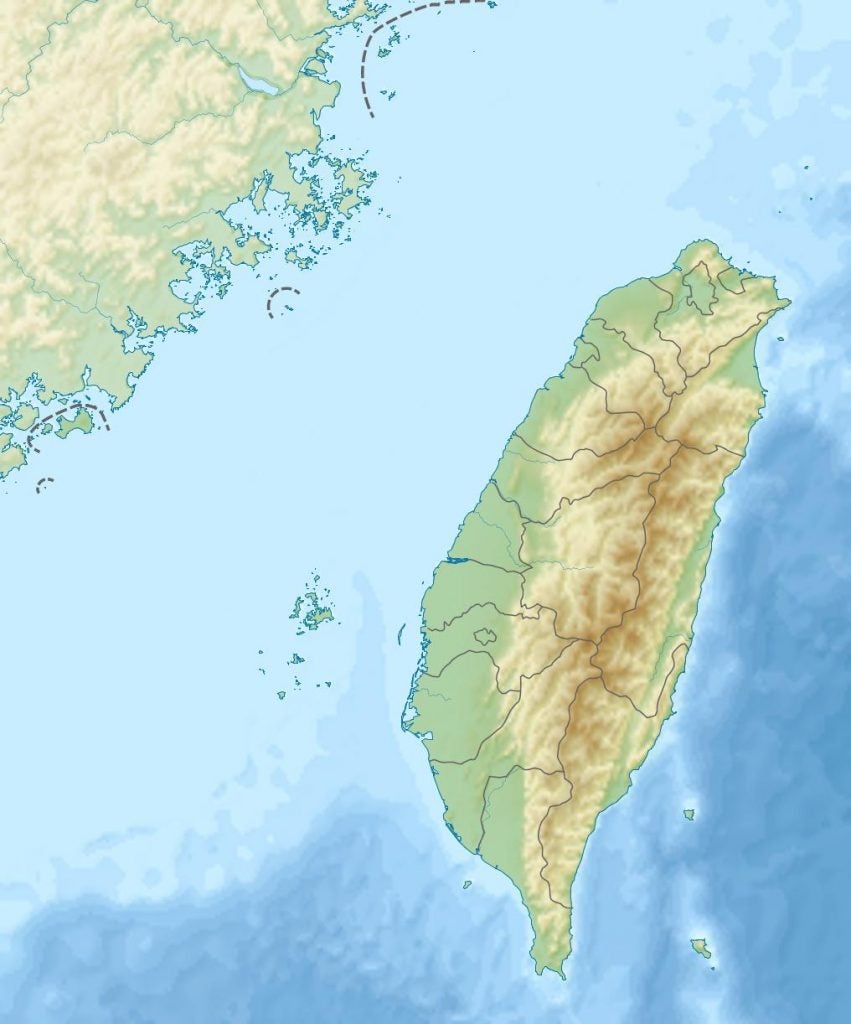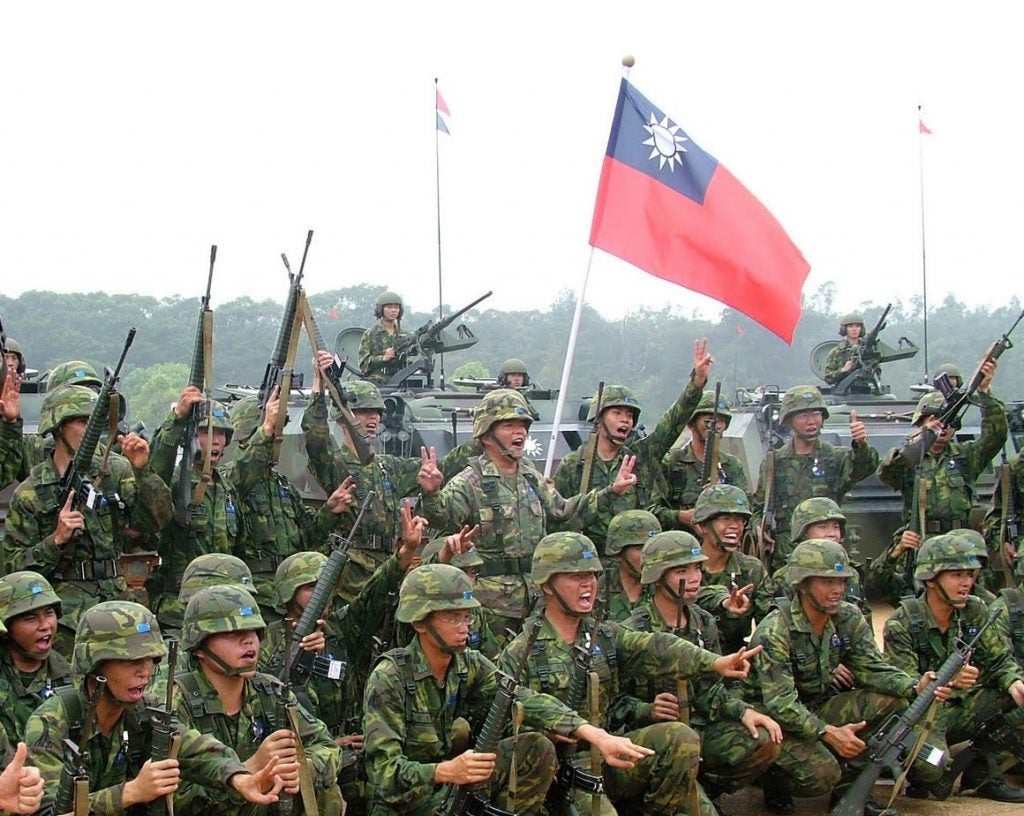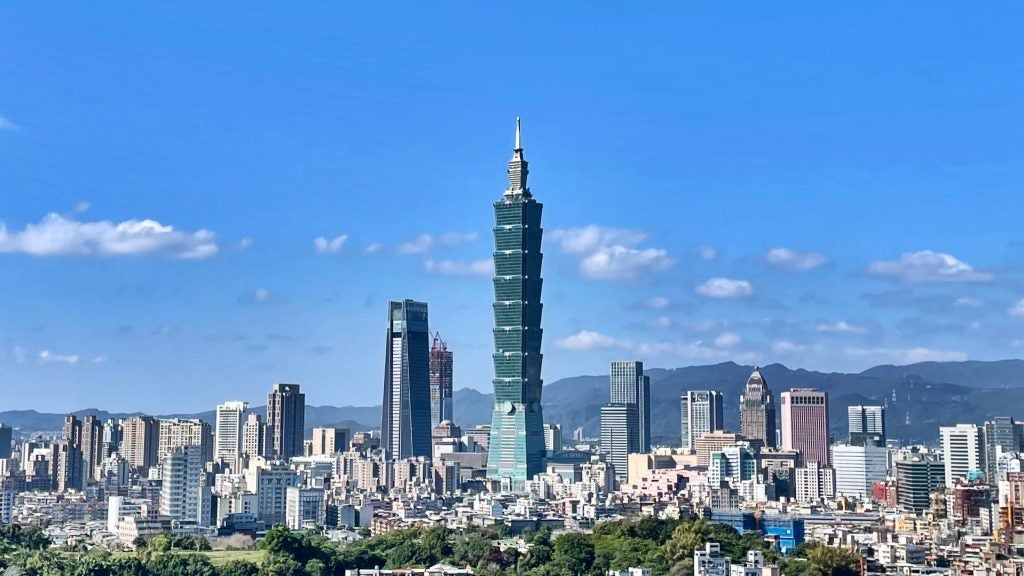This Decade May Seal the Fate of Taiwan
The island nation in the East China Sea is the focal point of international discord and has the potential to become a conflict flash point between the world’s two biggest military powers. The unrecognized republic still struggles with its past and looks with fear into the future. Yet, only forty years ago this little piece of land was a permanent member-state of the Security Council of the United Nations. The Republic of China, once the backbone of the United States position in the East Pacific faded. However, with the new conflict sparking between the great powers, Taiwan is once again a key factor to the maintenance of the status quo in the region. But will it survive the next decade?
The State That Should Not Exist
The history of Taiwan and its current situation is a result of many factors that developed over the decades. The United States has increasingly shifted its main focus from Europe to China in recent years. Why was this not done earlier? To understand this we have to take a bit of a detour to get the wider historical context.

As World War II ended, the Republic of China (ROC) plunged into the second stage of a civil war that began way back in the 1920s. The Communist Party of China (CPC) supported by the Soviet Union and equipped with large quantities of captured Japanese arms destroyed the ROC army on the continent. The last bastions of the republic were two islands, namely Chinese Hainan and the Japanese Formosa. As always the devil lays in the details, thus explanation is required. By 1946, when the ROC troops entered Formosa, it was still in the Japanese hands until the Peace Treaty of San Francisco signed in 1951 when Japan formally renounced its rights and claims to the island, but neither the Republic of China nor the People’s Republic of China was granted the territory. Thus the status of the legal ownership of the island by any state became a matter of territorial dispute.

After the fall of Hainan Island, the eyes of Beijing turned to the Pescadores and Formosa. However, the United States recognized the imminent threat to the Republic of China. This, however, was the result of two factors. Firstly, since the death of Franklin D. Roosevelt, the United States foreign policy became strictly anti-communist. Believing in the Domino Theory, and the possibility of a communist expansion across the globe, the White House was eager to react. The second factor was the ROC’s position in the Security Council (SC) which allowed the West to outnumber the USSR on the SC. As the result, the White House reacted to the 1954 Taiwan Strait Crisis by signing the Sino-American Mutual Defense Treaty that prevented an invasion by China’s People’s Liberation Army (PLA).
The relative stagnation in this matter survived until the sudden change in the relationship between the states. Surprisingly, it was not the US-ROC relation to drastically worsen. The Chinese path to communism and PRC’s competition to become the leader of the communist revolution was the key factor that played against the ROC.
In 1969, relations between the USSR and the PRC plunged, with the border conflict over the Ussuri River. For the United States, it was a signal to begin a slow transfer of friendship towards continental China. The US Secretary of State Henry Kissinger played a key role in the process, which resulted in the famous visit of President Richard Nixon to the PRC and a meeting with Mao Tse Tung.
Old Friends New Challenges

As the US liberalized its view of the PRC, the ROC began to lose its position as the body of representation of the Chinese nation. The inevitable outcome of the US recognizing the PRC was only a question of time. On 1 January 1979, President Jimmy Carter announced the official recognition of the PRC as the sole representative of the Chinese people. The relationship with the ROC was ultimately over and with the lack of recognition of the ROC, Taiwan became an entity and anomaly in the international arena.
But the story does not end in 1979. Taiwan was still under the protection of the United States, however, for the time being, the USSR posed a major threat to US interests. Another period of stagnation occurred in the region. With the Sino-American partnership blossoming and a lost war with Vietnam, the PRC hesitated.
Nevertheless, real issues began with industrialization and outsourcing which empowered the PRC with factories, capital, and technologies. Throughout the 1990s, the grasp of the CPC tightened. Taiwan began to symbolize a regional beacon of liberty, along with Hong Kong and Macau. Although the former Portuguese and British colonies were ceded to the People’s Republic, Taiwan was still independent on its own. Mainland China demanded reforms while Taipei was reformed. The representatives of Taiwan were pushing for further recognition of its separation from the PRC. Yet, the creation of the 1992 Consensus between the PRC and the ROC had to help with the creation of mutual dialogue between these two entities. This followed the rejection of presenting Taiwan as the sole representative of the Chinese nation (the ROC) and push for peaceful unification in the early 2000s.
This brief entry into the history of relations between the PRC and the ROC is not a scientific essay on both of the entities but a contextual introduction into the issue.
The Giants Clash
We have to fast forward to 2016 and the changes in US politics that had a major influence on nowadays situation. The victory of Donald Trump in the Presidential Election of 2015 created a major breach in US-China relations. Although Trump was deemed as incompetent and arrogant, his stance towards Beijing was more than hostile. He correctly recognized that the main threat towards US sovereignty is neither the Taliban government in Afghanistan nor a Syrian autocrat. It was the rapid expansion of the Chinese market and its products overflowing the US economy and dismantling its influence in the Pacific. The crash course was set against the ‘red dragon’ with sanctions imposed on China industry. However, the main issues occurred with the US Navy being slowly driven out from the South China Sea.
More on the US Navy’s challenges in the Pacific – Pacific Power Play: The Decline of US Dominance In the Pacific
The PRC began to counterweight US military might by setting up a long-term diplomatic campaign against its former ally – the Philippines with parallel modernization of its coastal defenses. The role of Taiwan quickly switched from an unpleasant associate during the 1979-2015 era to a strategic partner from 2015 onwards. Taiwan’s location began to be simultaneously its blessing and curse. PRC-Taiwan relations faded quickly with a new hardline set by Washington against Xi Jinping. The People’s Liberation Army began preparations for the invasion of the island itself and Taiwan’s airspace was suddenly saturated with Chinese military aircraft. For the first time since 1955 threats of invasion and war became more serious and achievable for the CPC.
The latest push of the US to secure Taiwan may be too little too late. The emergency arms sales conducted in late 2020 by the US resulted in a further rise in tensions between the lone island and the PRC. Yet, this rather risky policy of further implementation of the Truman Doctrine in the 21st century is the last option for the US to maintain its supremacy in the Pacific.
The Future
Under the new administration in the White House, the priorities seem to remain unchanged in terms of China. Although Joe Biden was presented as a pro-PRC candidate, it was far from the reality. “China Joe” decided to keep the hardline stance against Beijing with State Secretary Anthony Blinken confirming this decision through recent actions. The visit of the US Ambassador to Palau was a recent milestone in the US-Taiwan relations. It seems that the US is determined to take future steps towards securing not just Taiwan’s sovereignty but also the US position close to mainland China.

Yet, it is rather unrealistic for the US to intervene in the event of an all-out invasion of Taiwan in the first place. The faltering alliance between the US and Philippines and the structural issues of the US Navy would make it difficult for Americans to wage a war with China, especially with the Guam base in the range of Chinese ballistic missiles. Such a conflict would require several other states such as Australia and Japan to enter into a state of war with China. This renders Taiwan as a potential first casualty of a new global conflict or more realistically – a dead man walking. With the renewed interest of Beijing in settling the quandary of the rebel island with violence, the outcome may depend solely on the US’ reaction which could be either a kinetic response, diplomatic action, or simply – none.
The fate of Taiwan remains in the balance. Does Beijing really want to risk war with the US? Would the US support Taiwan militarily in the event of a conflict? It is difficult to predict the outcome but Taiwan’s control of its own fate appears to be diminishing as it becomes a regional pawn.
Cover Photo by 品璉 江 under Creative Commons License BY-CC 2.0
The opinions expressed in this editorial are those of the author and may not necessarily reflect the opinions or views of Overt Defense

